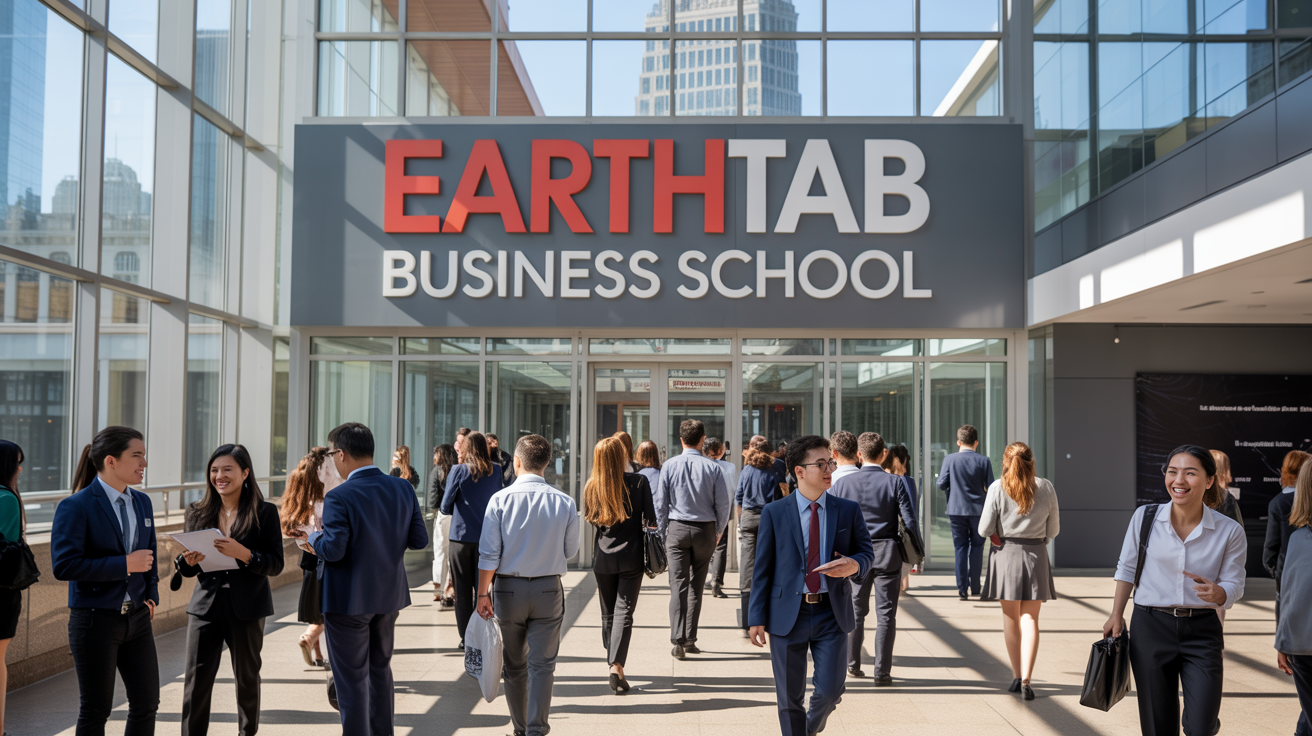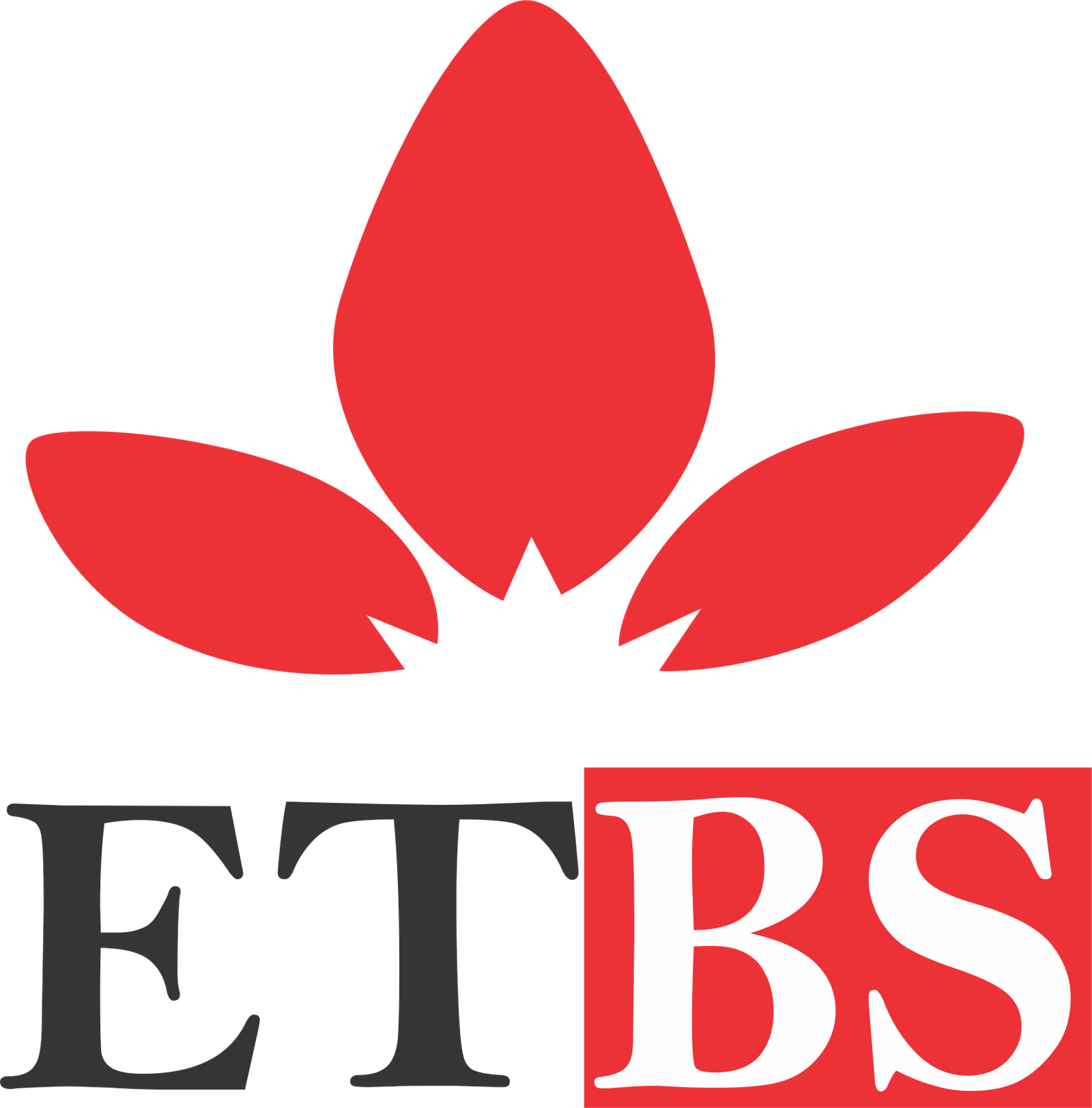 EarthTab Business School
EarthTab Business School
☰
|

Welcome To Earth Tab Business School. My name is Lena Berger and I will be Course Preceptor For The Course Film Theory and Visual Storytelling. The Film Theory and Visual Storytelling course is an intensive, multidisciplinary exploration of the aesthetic, cultural, philosophical, and technical frameworks that inform how films are made, interpreted, and experienced. Designed for you, filmmakers, critics, and visual communicators seeking to deeply understand cinema's intellectual and expressive potential, this course combines academic rigor with practical application. Throughout the program, you will delve into the rich history and evolution of film theory, engaging with seminal thinkers and critical frameworks such as formalism, realism, auteur theory, structuralism, psychoanalytic theory, feminist film theory, Marxist critique, postmodernism, and cultural studies. These theoretical foundations will be woven into practical studies of visual storytelling techniques analyzing how composition, color, movement, editing, lighting, and sound design all work in tandem to communicate emotion, narrative, ideology, and identity. You will not only interpret cinematic works but also create them, using theoretical lenses to craft compelling visual narratives across genres and cultures. By decoding the language of cinema, you will become more analytical viewers, more intentional creators, and more culturally aware media practitioners. By the end of the course, you will be able to: Analyze films using diverse film theory frameworks including formalism, realism, auteur theory, and psychoanalysis. Deconstruct how visual elements (composition, lighting, color, movement) convey subtext and narrative meaning. Evaluate the influence of ideology, gender, class, and culture in filmic storytelling. Compare the storytelling conventions of various film movements (German Expressionism, French New Wave, Italian Neorealism, Nollywood, etc.). Demonstrate advanced proficiency in visual storytelling by producing original narrative sequences. Critically assess how editing, cinematography, and mise-en-scène influence audience perception. Contextualize the evolution of film theory in relation to historical, technological, and social change. Synthesize theory and practice in the analysis and creation of film content. The Language of Cinema: Signifiers, symbols, and syntax The Evolution of Film Theory: From classical realism to post-theory Image vs. Narrative: Visual grammar, montage, and temporal flow Semiotics and Structuralism: Reading film as text Ideology and Representation: Race, gender, class, and power on screen Global Cinemas: Intercultural approaches to storytelling Auteur Theory: Directors as authors of meaning Spectatorship and Psychoanalysis: The gaze, desire, and identification Narrative Structure: Linear, non-linear, cyclical, and fragmented storytelling Technology and Transformation: Digital storytelling and transmedia narrative Introduction to Film Theory History of cinematic thought The split between formalism and realism Classical and modern paradigms The Language of Visual Storytelling Mise-en-scène, framing, and blocking Cinematic syntax: camera movement, angles, and lens choice Narrative rhythm through editing Montage and Meaning: Soviet and Beyond Eisenstein and intellectual montage Continuity editing vs. discontinuity editing Temporal manipulation and juxtaposition Realism and Representation Bazin, Kracauer, and documentary truth Neo-realism, minimalism, and naturalistic storytelling Realism in contemporary African cinema Auteur Theory and the Director’s Voice Truffaut, Sarris, and auteur politics Visual signatures: Hitchcock, Kubrick, Akira Kurosawa, Ava DuVernay, Kemi Adetiba Limits of the auteur approach Psychoanalysis and the Cinematic Unconscious Freud, Lacan, and the mirror stage The gaze, voyeurism, and fetishism Horror, dreams, and cinematic fantasy Gender, Race, and Identity in Film Feminist film theory: Mulvey, hooks, De Lauretis Postcolonial critique: Third Cinema and representation Intersectionality and narrative agency Genre, Myth, and Archetype Narrative conventions of genre (sci-fi, noir, comedy, etc.) Jungian archetypes and mythic structure Deconstructing genre expectations Postmodernism and Digital Disruption Hyperreality, fragmentation, and irony Non-linear timelines and meta-narratives Virtual reality, animation, AI-generated narratives Capstone: Theorizing Your Own Story Scripting and storyboarding a short film based on theoretical insight Reflective analysis of choices made Peer review and feedback session Citizen Kane (1941) : Formalist structure and mise-en-scène Bicycle Thieves (1948) : Italian Neorealism and social realism Psycho (1960) : The gaze and horror theory In the Mood for Love (2000) : Visual metaphor and emotional silence Moonlight (2016) : Intersectionality and poetic realism Parasite (2019) : Class discourse and spatial storytelling Eyimofe (This Is My Desire) (2020, Nigeria) : Contemporary African narrative Critical Essays: Film analyses applying theory (30%) Visual Storytelling Projects: Short scene or storyboard creation (30%) Class Participation: Online forum or in-person discussion (10%) Midterm Test: Theory comprehension (10%) Capstone Project: Integrated theoretical and practical film critique or creative scene (20%) Film Theory: An Introduction by Robert Stam The Visual Story by Bruce Block Narration in the Fiction Film by David Bordwell The Imaginary Signifier by Christian Metz Visual Pleasure and Narrative Cinema by Laura Mulvey Cinematic Storytelling by Jennifer Van Sijll African Cinema: Politics and Culture by Manthia Diawara Film Art: An Introduction by Bordwell & Thompson Filmmakers (directors, editors, screenwriters) Cinematographers and visual artists Scholars of media and cultural studies Critics, journalists, and bloggers Creatives working in advertising, transmedia, or gaming Film enthusiasts looking to elevate their understanding Upon completion,you will: Critically engage with and apply theoretical frameworks to diverse film genres and cultural contexts. Analyze the aesthetic and ideological choices made in films. Create visual stories grounded in theory, culture, and intention. Evaluate how narrative and visual techniques impact viewer perception and interpretation. Develop a personal visual language as a filmmaker or storyteller. I look forward to congratulating upon completion of this course Film Theory and Visual Storytelling
Course Overview
COURSE OBJECTIVES
KEY THEMES & CONCEPTS
COURSE STRUCTURE (Sample Modules)
FILMS FOR ANALYSIS (Examples)
ASSESSMENT METHODS
RECOMMENDED TEXTS AND READINGS
WHO SHOULD TAKE THIS COURSE?
LEARNING OUTCOMES

Unlocking Professional Potential through world-class assessments and industry-ready training.
"Empowering Professionals through practical, accessible online business education"
- Blessing Princess Agho
 Founder/Lead Instructor
Founder/Lead Instructor